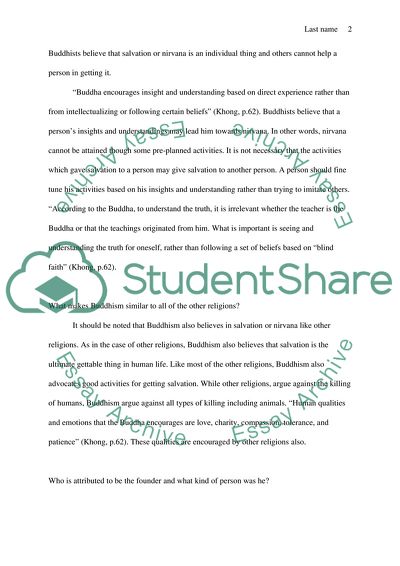Cite this document
(Buddhism Essay Example | Topics and Well Written Essays - 1500 words, n.d.)
Buddhism Essay Example | Topics and Well Written Essays - 1500 words. https://studentshare.org/religion-and-theology/1776363-buddahism
Buddhism Essay Example | Topics and Well Written Essays - 1500 words. https://studentshare.org/religion-and-theology/1776363-buddahism
(Buddhism Essay Example | Topics and Well Written Essays - 1500 Words)
Buddhism Essay Example | Topics and Well Written Essays - 1500 Words. https://studentshare.org/religion-and-theology/1776363-buddahism.
Buddhism Essay Example | Topics and Well Written Essays - 1500 Words. https://studentshare.org/religion-and-theology/1776363-buddahism.
“Buddhism Essay Example | Topics and Well Written Essays - 1500 Words”. https://studentshare.org/religion-and-theology/1776363-buddahism.


